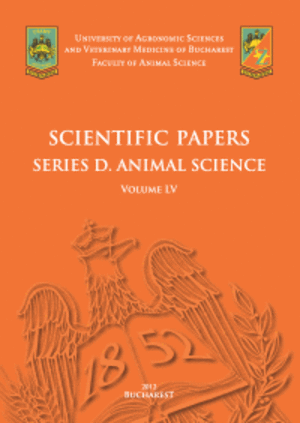Published in Scientific Bulletin. Series F. Biotechnologies, Vol. XXIX, Issue 1
Written by Maria DUCA, Ina BIVOL
This study investigates the genetic differentiation and phylogeny of the parasitic weed Orobanche cumana Wallr. using ISSR markers in 33 populations from Serbia, Moldova, Romania, Bulgaria, Turkey, and China, representing E, G, and H physiological races. Phylogenetic relationships were analysed using Nei's standard genetic distance and the Neighbour-Joining method in POPTREE2. The results of the phylogenetic analysis indicated the presence of three distinct groups. The first clade included populations from Serbia, Turkey, and China. The second clade comprised populations from Moldova and Romania, and the third clade included Bulgarian populations, forming a separate branch. Genetic variation analysis of O. cumana populations at both country and race levels showed that all physiological races and the Moldavian populations exhibited high interpopulation diversity. In contrast, the primary genetic differentiation exhibited by the Bulgarian, Serbian, Turkish, and Chinese populations occurred principally within their respective populations. This genetic diversity is influenced by factors such as the expansion of sunflower production, agricultural development, and climate change. Furthermore, distinct evolutionary adaptations among O. cumana races were evident. The results obtained demonstrate the complex evolution and dispersal mechanisms of this parasitic species and offer crucial insights into effective management strategies for the production of sunflowers.
[Read full article] [Citation]




